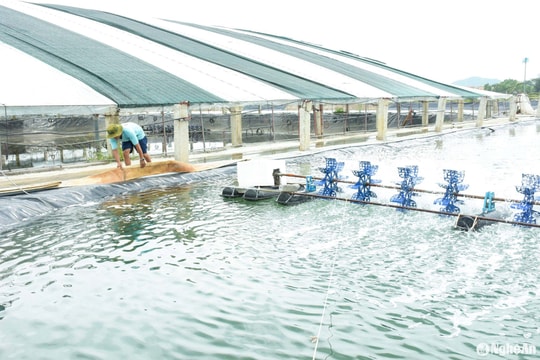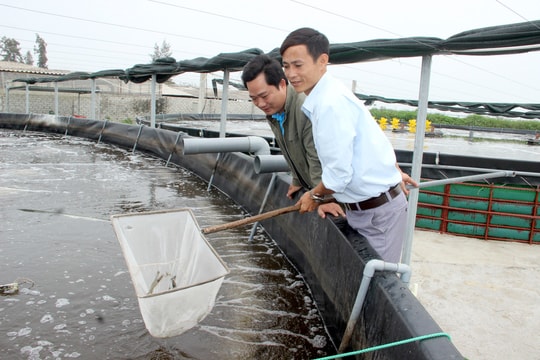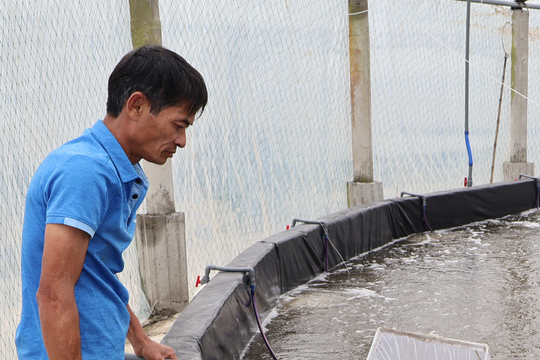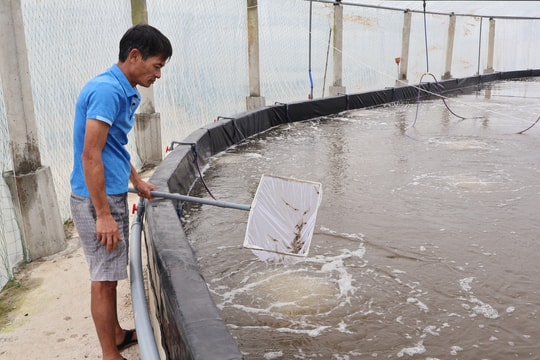Shrimp farmers in Quynh Luu face difficulties due to water pollution
Entering the main farming season, shrimp farmers in some communes of Quynh Luu district are worried because the water source from Mo River is polluted.
At this time, I was present at the shrimp fields in Quynh Thanh and Quynh Luu communes and saw that they were desolate and deserted. The machinery used for shrimp farming had not been used for a long time and was now rusty.
Mr. Tran Guong, Hamlet 12, Quynh Thanh Commune, said: Shrimp farming in Quynh Thanh Commune (Quynh Luu) used to earn billions of dong each year. Many people invested money in shrimp ponds hoping to change their lives, but in recent years, many people have quit this profession to work for hire to pay off debts. Even my family has 1.5 hectares of shrimp ponds, but this season we dare not plant the seeds because of water pollution, the shrimp will die due to disease and "lose money and get sick".
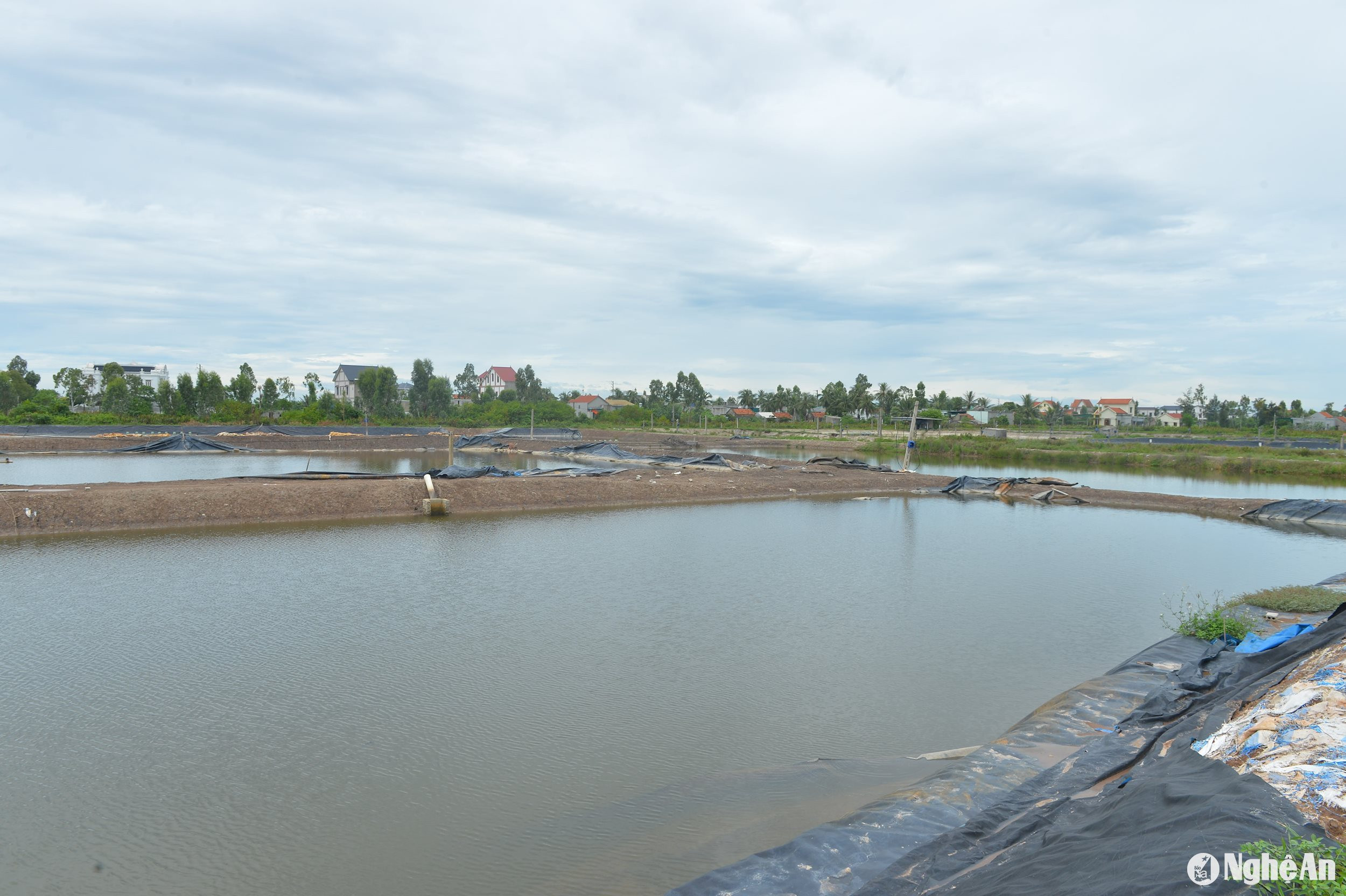
Next to it is the high-tech shrimp farming model of Mr. Tran Thuyen, hamlet 12, Quynh Thanh commune, which invested over 3 billion VND with a net house system, tarpaulin cover and machinery system, but has been abandoned for many years. According to observations, some shrimp ponds have been converted to monosex tilapia farming by people, due to polluted water sources, fish die floating on the water surface.
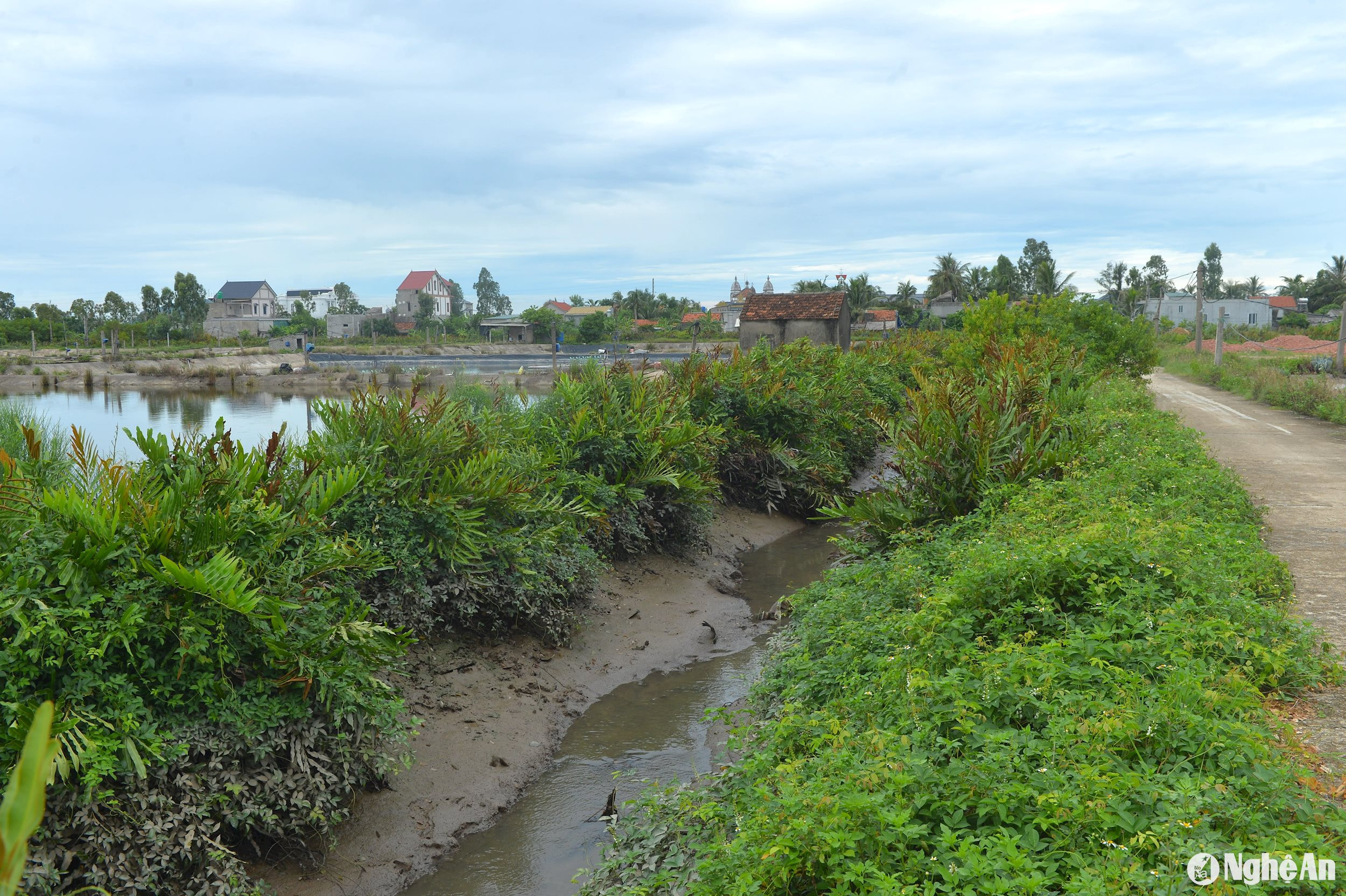
Mr. Ho Tran Van Trung - Vice Chairman of Quynh Thanh Commune People's Committee said: Quynh Thanh commune has over 70 hectares of shrimp, of which over 20 hectares are extensive farming, some areas have been converted to crab and tilapia farming but are not effective, the remaining area of over 50 hectares is abandoned. The reason is that the Mo River water source is heavily polluted, so shrimp are often infected with diseases, so farmers are not interested in farming for fear of losses.
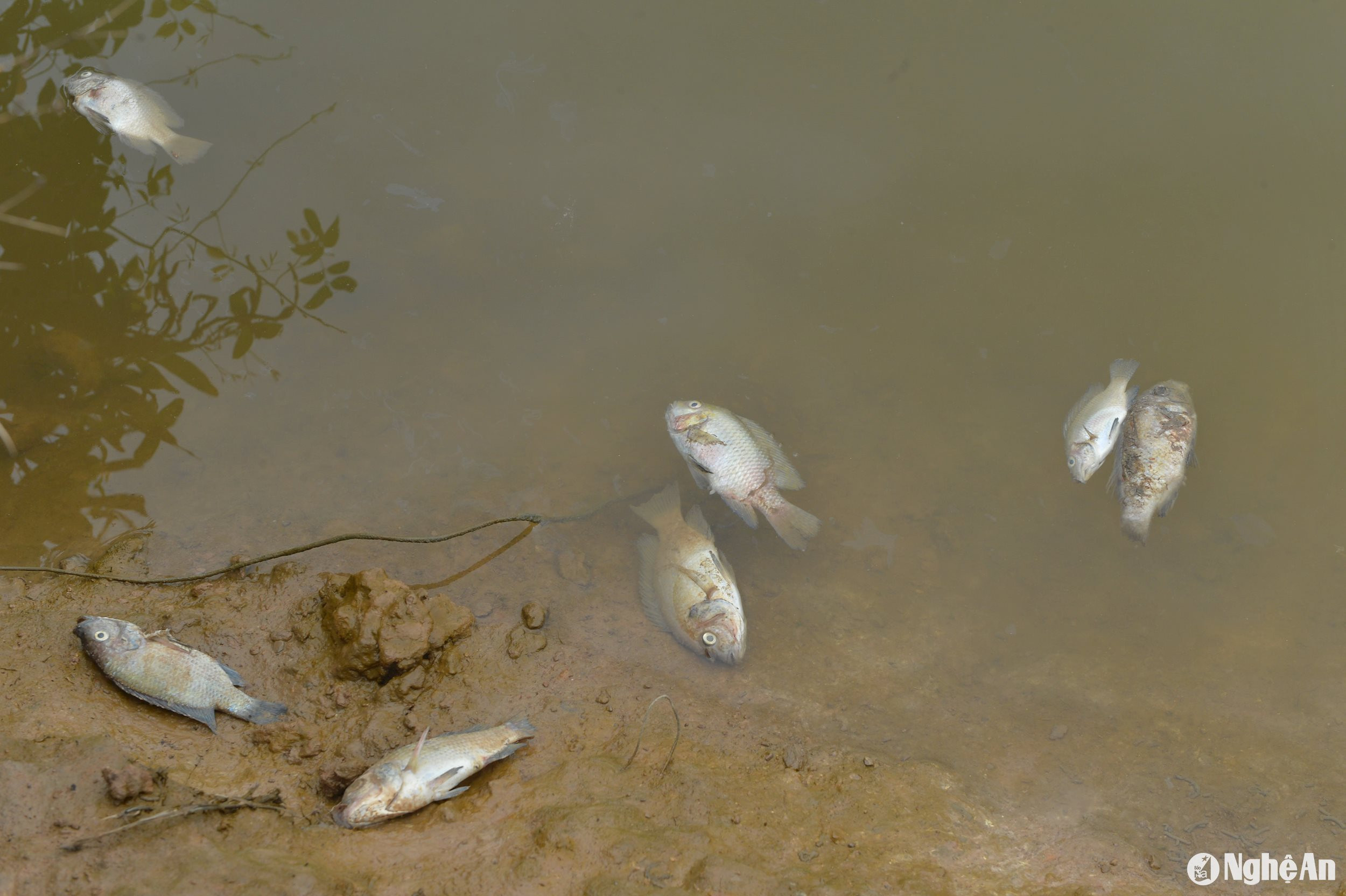
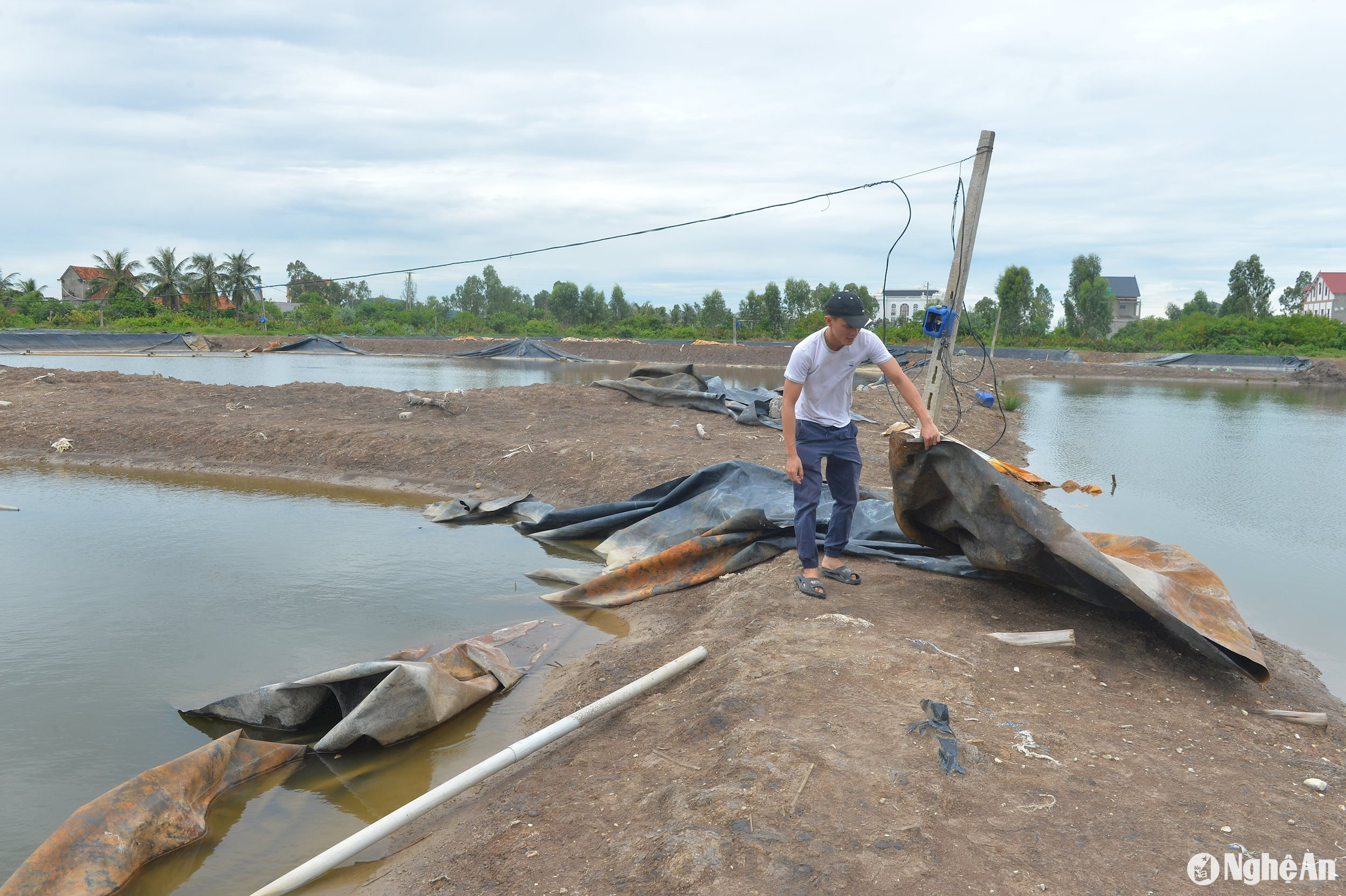
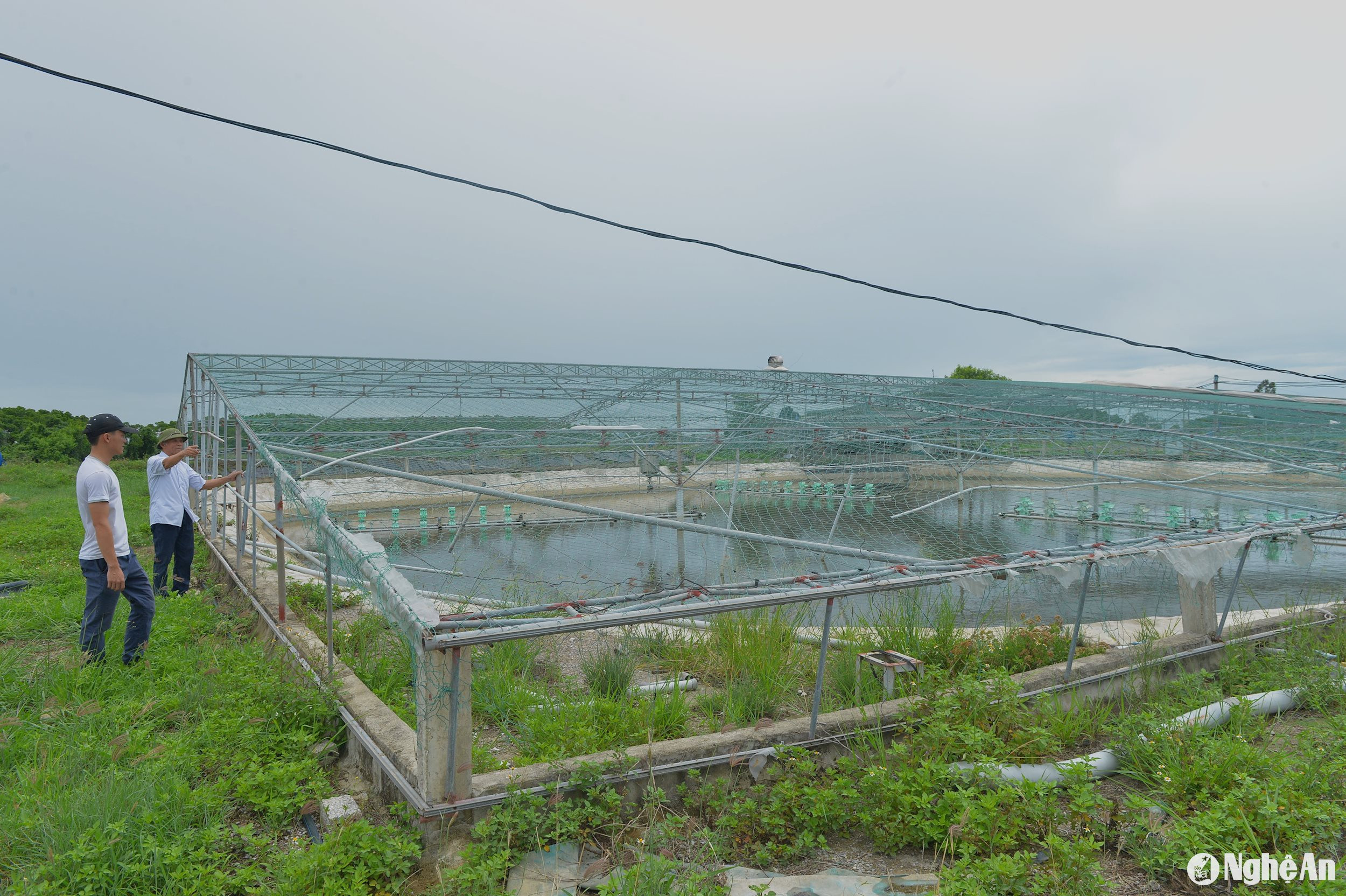
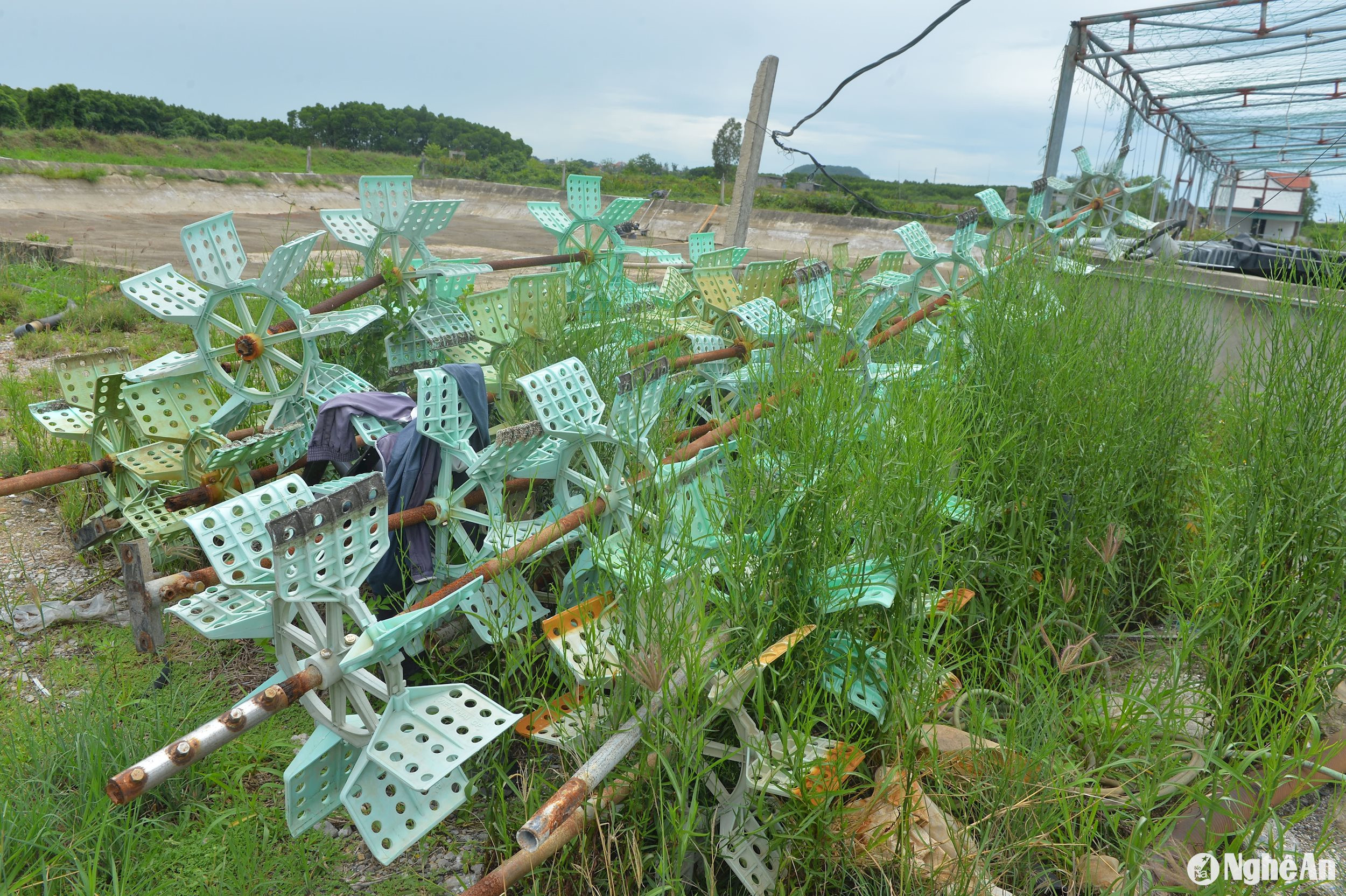
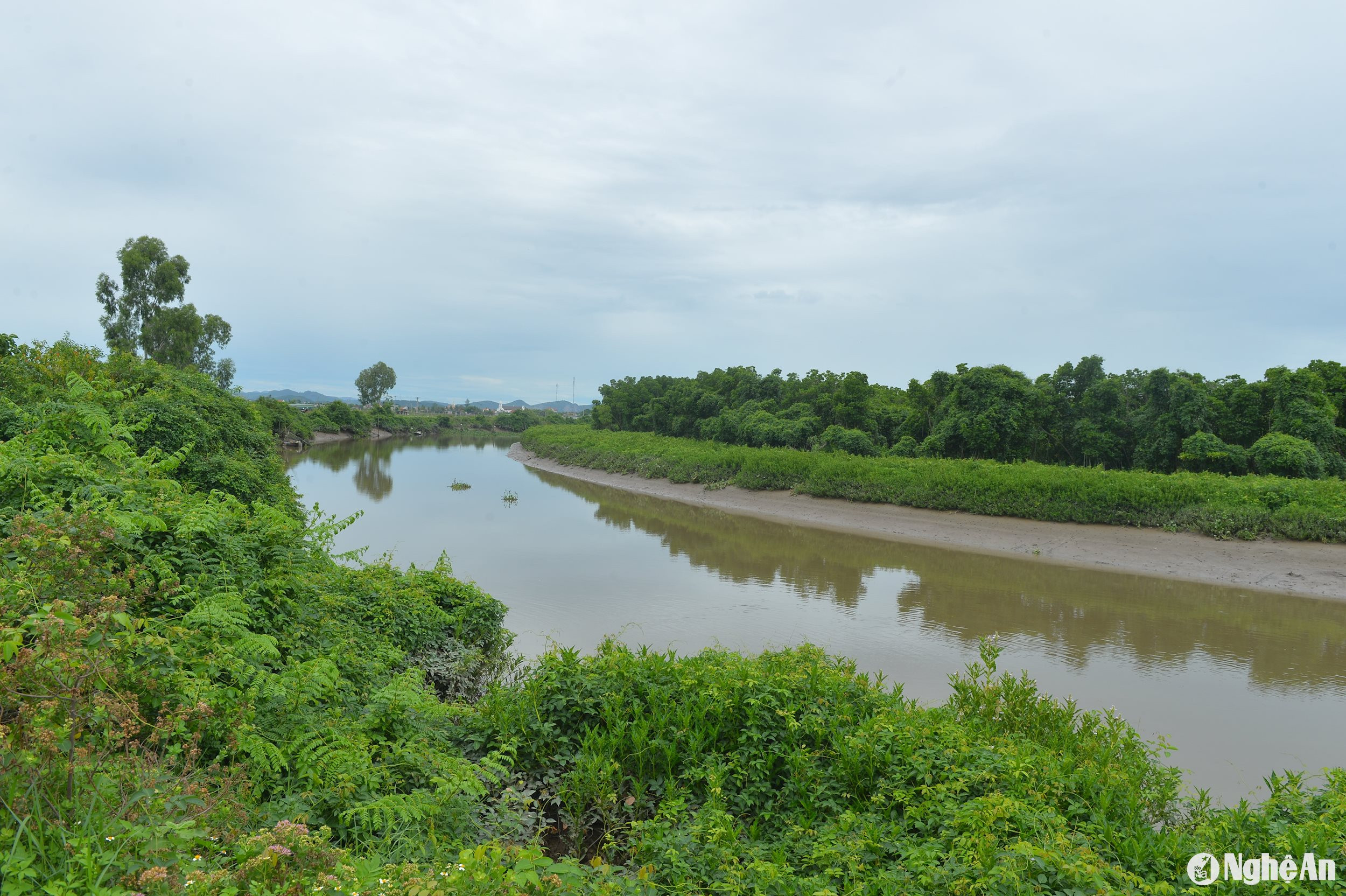
Mr. Bui Xuan Truc - Deputy Head of the Department of Agriculture of Quynh Luu district added: The whole district of Quynh Luu has over 130 hectares of shrimp, of which about 10 hectares are high-tech farming, the rest are raised in the form of extensive farming without investment, including many abandoned areas. To raise shrimp effectively in the long term, it is necessary to invest in infrastructure, especially improving water sources, as well as investing in high technology, helping to proactively manage the season, limit diseases, thereby improving the quality and yield of shrimp, optimizing income and economic efficiency for farmers.

